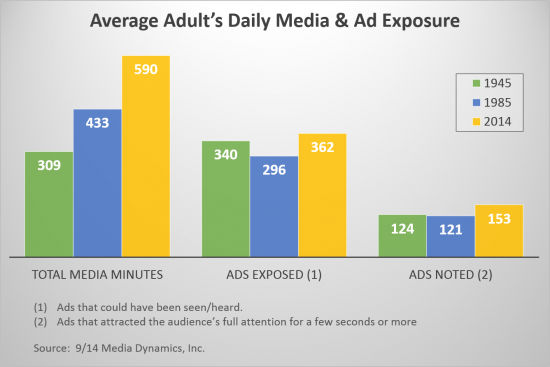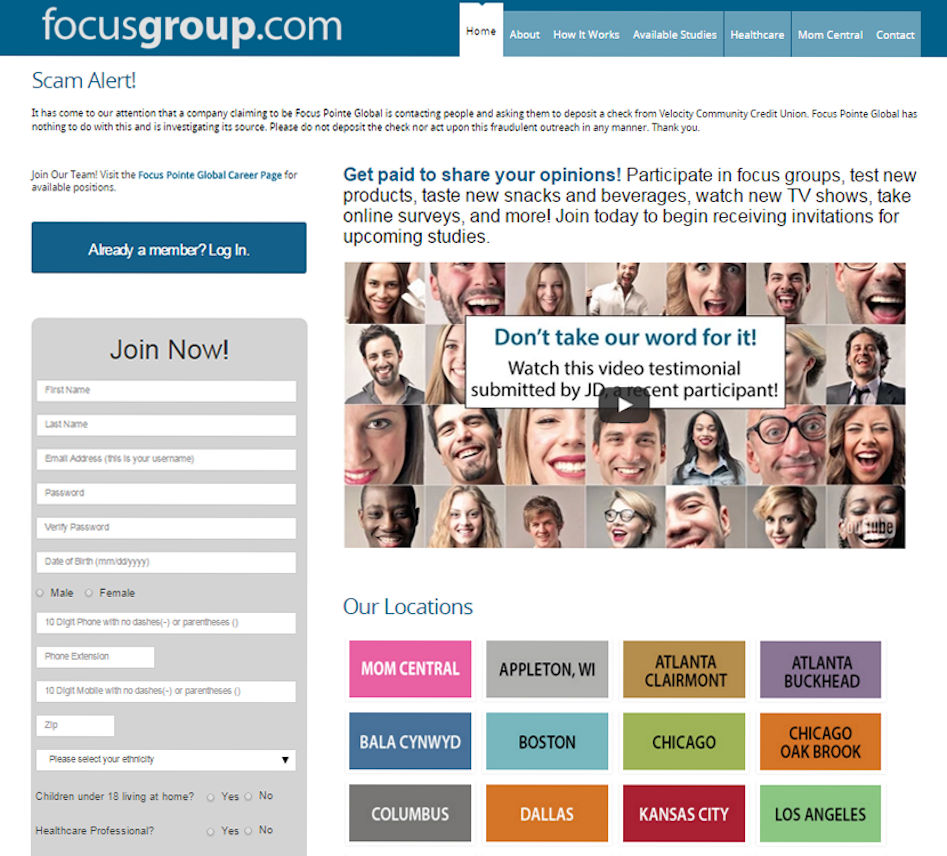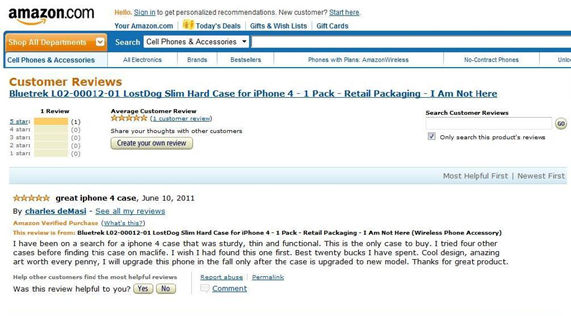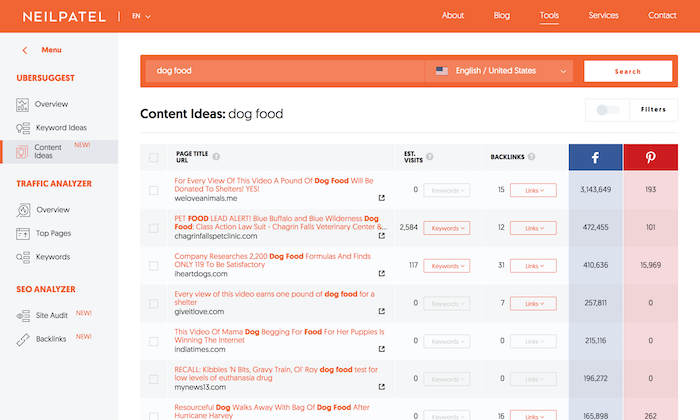If you’re writing blog posts, ads, or magazine articles, headline writing is the most important part of what you do.
This one aspect of writing is so important to the success of their ads or posts that copywriters obsess over it.
The reason why headlines are so incredibly important is that there are a million other distractions for your reader’s attention.
So, grabbing your reader’s eyes with a compelling headline is super important.
You have mere nanoseconds to reach out from an ad or webpage and grab your audience. Since people scan a page first, you need to resonate with them as quickly as possible.
Since the success or failure of an advertisement or a company’s blog posts are so important, knowing the key elements of what makes a compelling headline is a priority to copywriters.
So what’s the secret sauce that separates the great headlines from the rest of the herd?

The Key Ingredients for Headline Writing Success
Very simply, your headline writing must speak specifically to your target market in a way they understand it.
Not only that, but the headline must speak in the language of the target audience, and it must address or solve a specific problem which they are having.
Years ago, I took Dan Kennedy’s copywriting course and I remember his words with great clarity. He told us that we needed to get as intimate with our target market as we could. It turns out that he would study his prospects so closely he’d even visit them and watch what they were doing.
He then told us a story about selling tarps for trucks with a direct mail campaign. What he did to find out exactly who his target audience was very smart. He got a list of the tarp company’s past customers and he then actually went to visit many of them.
Hanging out with many of these individuals, Mr. Kennedy interviewed them and made notes of how they spoke, what interested them, what they liked, and disliked about the truck tarps they had purchased.
After doing this several times, he had a very clear picture of his target market and how to address them in his direct mail pieces.
It’s this kind of front-end research that gave Dan Kennedy the winning edge in writing his copy and made his headline writing so powerful.
And if you ever study one of his direct mail pieces, you’ll see this principle in action.
From the very first words in his headline, he can speak to prospects in a way that addresses their biggest desires, fears, and needs. I can’t tell you how many times I’ve read a headline by Dan Kennedy and couldn’t wait to read the rest of it.
It’s this kind of specific, intimate knowledge that will not only make your headlines ring with your prospects but the rest of your copy as well.
Online Research That’ll Pay Off
If you don’t know a lot about your target market, there are several different methods of researching to find out more about who you’re dealing with. It takes a lot of detective work, but it is worth it in the end.
There are two different levels of getting this research: Primary Research and Secondary Research.
Primary Research (Research you can do yourself):
Conduct Surveys
There are ways that you can conduct a survey online. One of the more popular tools that are available online is a site called Survey Monkey.
Survey Monkey will let you conduct a survey online and they will even target people in your target market segment.
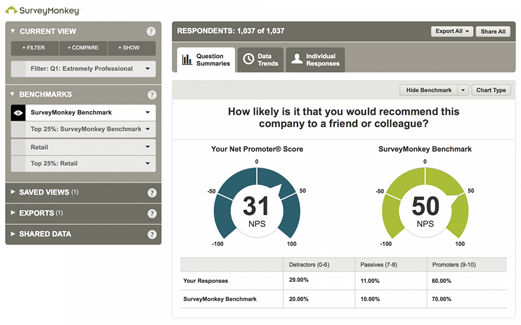
They’ve made it easy for you to create your surveys, but if you don’t want to take the time to create them yourself, you can use one of Survey Monkey’s ready-made templates.
Use Focus Groups
Here’s another research method that you can use to learn more about your prospects and improve your headline writing. Focus groups are s small groups of people who get together to talk about a shared interest.
Usually, these groups are led by a moderator however, in the information age it is much easier to do this online.
There are quite a few focus group sites online that you can use like FocusGroup.com that will allow you to participate and view data that will help you better understand your target market and give you inside knowledge about your target market and others by joining.
A marketing research technique for qualitative data that involves a small group of people (6-10) that share common set characteristics (demographics, attitudes, etc.) and participate in a discussion of predetermined topics led by a moderator.
There are opportunities to conduct focus groups with the use of focus group software.
Get Intel by Interviewing People
If you are selling a particular type of product or service you can access past customers to find out what they liked or didn’t like about the product. Knowing this kind of information will help you with your copywriting and headline writing.
You can also find out a lot about the types of people you are selling to, their desires, preferences, language or slang they use, etc. If you can’t interview them face to face, you can always access people online through one of these channels:
- Forums – If you don’t know what a forum is, it is an online discussion group. There’s an online forum for just about every type of niche or market you can think of.
If I were selling graphics software, I’d look for a forum where Photoshop and PaintShop Pro enthusiasts gathered to discuss their passion or problems. If I were selling metal detectors, I’d hang out on their forums as well. You can ask questions, participate in discussions, and contribute articles and ideas of interest to others involved in that market.
- Comment Sections – One of my favorite places to gather intel about a particular market is in comment sections in places like Amazon.
When people buy a particular type of book or item there is a section of the product page where people can comment on how much they liked or disliked the unit.
This is an awesome opportunity for gathering all sorts of insights into the mind of a customer and what they think. And they don’t hold back either!
I’ve seen comments on products of books and other items that are thousands of words long. So, if you are selling a product like a fish tank filter, you can read comments on similar products you’re selling on Amazon.
The Power of Observation
If you can watch someone use your product or service, you can gain a lot of valuable information from observing them.
Can you do this online?
If you have an online video link up, you could pull it off if you have a willing participant. Another way to observe people using a particular item is to look up your item or a similar one on YouTube.
Check out this individual as he uses his Garrett Metal Detector:
Secondary Research (Research already compiled by someone else):
Access Census Data
You can easily access a ton of information by accessing data from the US Census Bureau. The upside of using this as a resource is that there is a lot of valuable data you can use for your research.
The downside is wading through all of it. Many times entrepreneurs and businesses will hire a consulting firm to access this information for them since they use it all the time and know-how to gather the needed information.
Use Mailing Lists
Mailing Lists are a great way to find data on your target audience. You can now go online and order up a good mailing list from companies that have been compiling all kinds of consumer information about customers.
You can select a particular market, geographic area, and other parameters that are relevant to your business and they can provide you well, quality data on just about any market for a fee.
There are loads of direct mail mailing lists on the Internet you could do business with. To find a listing of them, simply Google “List Broker” and you’ll see scads of them online.
Here’s a listing of some of the mailing list services on the Internet:
Next Mark – This one is my favorite mailing list company because all you have to do is type in a keyword and get some results on how they can help you.
Here is a screenshot of NextMark’s Mailing List Finder:
SRDS – The Standard Rate and Data Service (aka – KantaKantar Media Service) is an incredible resource of information. However, it is for very serious businesses and is expensive.
I once called them on the phone to use their services, and their representative told me about cheaper companies to go to. So, if you are operating a business that can afford a world-class service like this, then this is the way to go because it is the Rolls Royce of data collection and resources.
Google Trends
This is a tool that was developed and maintained by Google. It uses a search similar to its normal search function that shows how many times a search has been performed.
While many online marketers and bloggers like to use Trends for ideas on what to write about, it can also be a valuable source of information. Sometimes it can be used to help you decide what kind of content to create or help you with ideas for your headline writing.
You can easily plug in a group of keywords or phrases into Trends and see what the interest level is over some time and how each term stacks up against each other. In the picture below, you can see how the term “aluminum boats” compares to “fiberglass boats”:
Google’s Keyword Planner
Google used to call this great tool the “Google Keyword Tool” instead of the Keyword Planner. This is a way to see what keywords are being searched and how many times as well. It will also tell you how competitive a phrase or a word is.
You need to have a Google AdWords account to use it, which is easy to do get. The planner is supposed to be used to help decide which words to use on Google ads. But everyone I know uses it for keyword research.
If you want to know what terms or phrases to use on a blog post or an online sales letter, you can use the Keyword Planner.
If you want to know how to use Google’s Keyword Planner, you can learn more by reading this article on keyword research at Quicksprout.
Alexa – This site was acquired by Amazon back in 1999 and it dishes out web traffic data. In other words, it lets you know what websites people are looking at and how they rank.
As far as researching subjects is concerned, you can use this tool to check out your most successful competitors and find out what they are writing about and how they are writing it.
Ubersuggest– This is one of my favorite ways of gathering information on what people are reading on different sites. You can also use Ubersuggest to observe other people’s successful headline writing. Let’s say that you’re writing a blog post or a sales page on a product you’re trying to sell that teaches you how to use social media sites to promote a business.
You could go to Ubersuggest and drop in the URL (web address) of a website that specializes in using social media like the Social Media Examiner and find out immediately what articles ranked the highest for on that site.
This is valuable information, that you could use to “back engineer” the blog post. You can find out what keywords were in the post and other elements that were vital to its success.
If you look at the example below, you can see what the top-ranked pages were at a glance.
The Tricky Part of Writing a Specific, Powerful Headline
Once you’ve done as much research as necessary on your specific market, keywords, and market in general, you can begin crafting your headline.
You can keep a lot of your data in a spreadsheet-like:
Keywords, relative sites, top blog posts, etc. so you can see at a glance exactly what words, phrases, and overall direction your copy should go.
Don’t have spreadsheet software? Use Google’s Free Spreadsheet.
Your headline can’t be JUST specific. It also has to generate interest and present a benefit, and that’s the tricky part. So a formula of sorts is in order:
Curiosity + Benefit + Specific = Interest
You need to generate curiosity by hinting at the main benefits your products or benefits address to your target market.
Let’s take a look at how some of the world’s most prominent copywriters did their headline writing:
Gary Halbert:
“How to Make Money with Your Credit Cards”
Key Headline Element Breakdown:
Curiosity: How in the heck am I going to be able to use credit cards to make money?
Benefit: Making money by using credit cards.
Specific: People who want to make money or second income.
“Amazing New Formula From Beverly Hills Lets You Look Younger!”
Key Headline Element Breakdown:
Curiosity: What secret formula does Hollywood have that’ll make me look younger? (By the way, the word “Lets” indicates that this product is doing all the work because it is in control.)
Benefit: Easily looking younger using a Hollywood secret
Specific: Women that want to look younger using a product and secret that everyone doesn’t know about.
Jon Carlton:
“ How Does An Out Of Shape 55-Year-Old Golfer, Crippled By Arthritis And 71 Lbs. Overweight, Still Consistently Humiliate PGA Pros In Head To Head Matches By Hitting Every T Shot Further And Straighter Down The Fairway?”
Key Headline Element Breakdown:
Curiosity: What secret method is going to be revealed to me that will allow me to gain this skill?
Benefit: Hitting T-shots better than the pros do thus increasing golfing score almost magically.
Specific: Golfers that want to quickly and impressively improve their scores; possibly retirees that golf a lot.
“Why Are Bigger, Stronger Taller And Meaner Multiple – Black Belt Bad Asses Terrified Of Challenging This Mild – Middle-Aged (And Undefeated) No Rules Cage Fighter From Arizona?”
Key Headline Element Breakdown:
Curiosity: What secrets of fighting, does this man have, which will make a fearless and tough fighter?
Benefit: You’ll learn the secrets of being able to defend yourself so well even bad guys will be afraid of you.
Specific: Men that have probably been pushed around a lot and need to learn how to defend themselves
Note: The following headlines are from online blogs. Overall, the rules of writing headlines are the same. However. these types of headlines try to follow some of the rules of Search Engine Optimization (SEO); they tend to be shorter and include numbers and other slightly different factors.
Jon Morrow:
“Make Money Blogging: 20 Lessons Going from 0 to $100,000 per Month”
Key Headline Element Breakdown:
Curiosity: How can these 20 lessons show me how to make loads of money blogging?
Benefit: Make money from blogging
Specific: The numbers tell you how many lessons you’re going to have to learn to make $100,000
“How to Be Smart in a World of Dumb Bloggers”
Key Headline Element Breakdown:
Curiosity: How will this article separate me from the dumb bloggers?
Benefit: Being a better blogger than the rest of the other bloggers out there.
Specific: This is for people that want to take their blogging seriously.
Neil Patel:
“5 Strategies for Building a Bigger Network on LinkedIn”
Key Headline Element Breakdown:
Curiosity: What strategies could he have that will enable me to build a bigger network on LinkedIn?
Benefit: Building a large network of professional contacts or prospects on LinkedIn
Specific: 5 strategies for professionals that are trying to connect with other professionals
Conclusion
I could go on considerably with this breakdown of headlines. However, the bottom line is that you need to study, and practice headlines to get good at it.
As you can see, doing your research on the front end, before you start writing a post or some copy will not only make the job of writing a good, specific headline but it will also help you write the rest of your copy.
So, take the time to thoroughly research your subject first and you will see a remarkable difference in your writing.
Please shoot me a comment on this post, I’d like to read your comments and see if this post was helpful for you.

